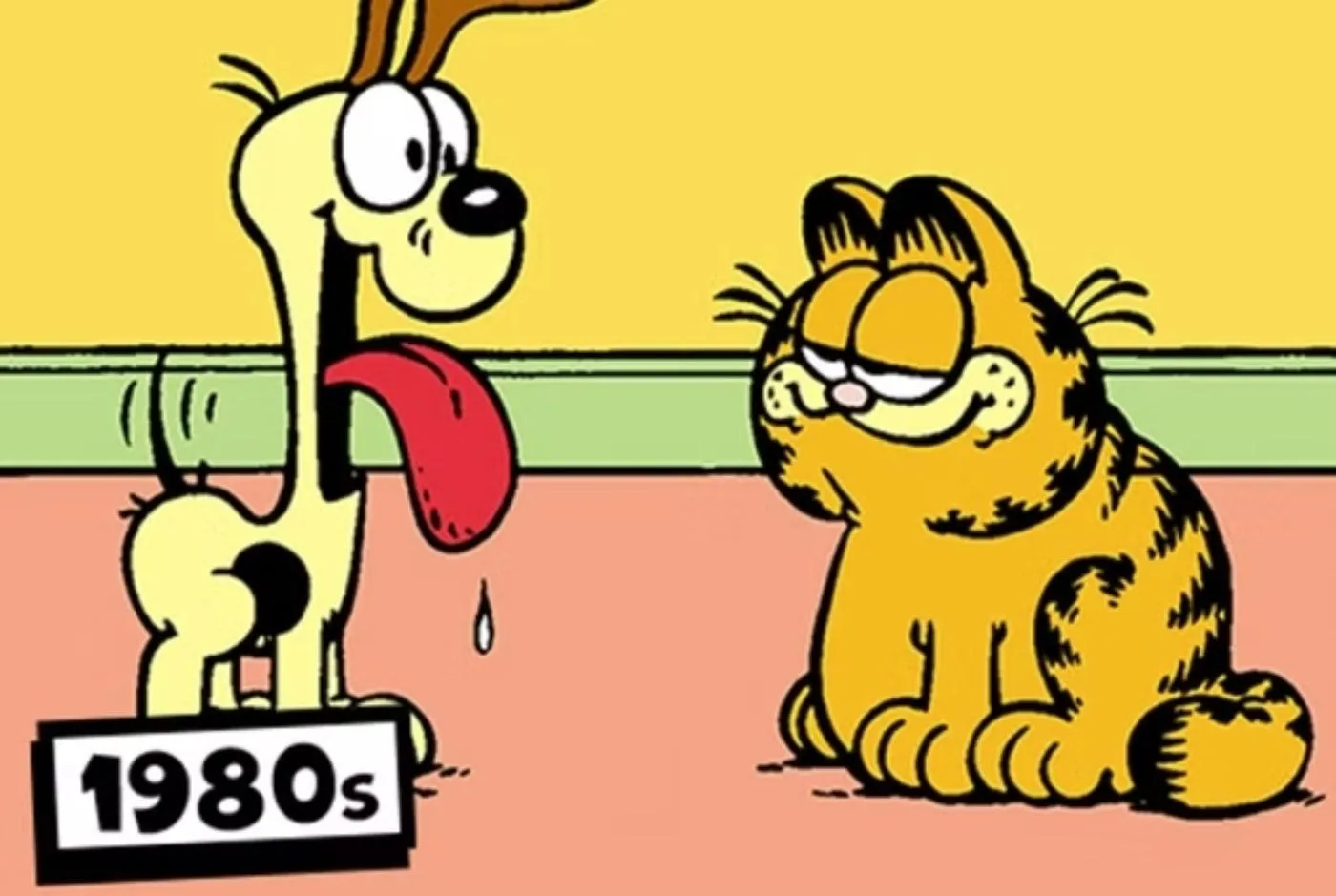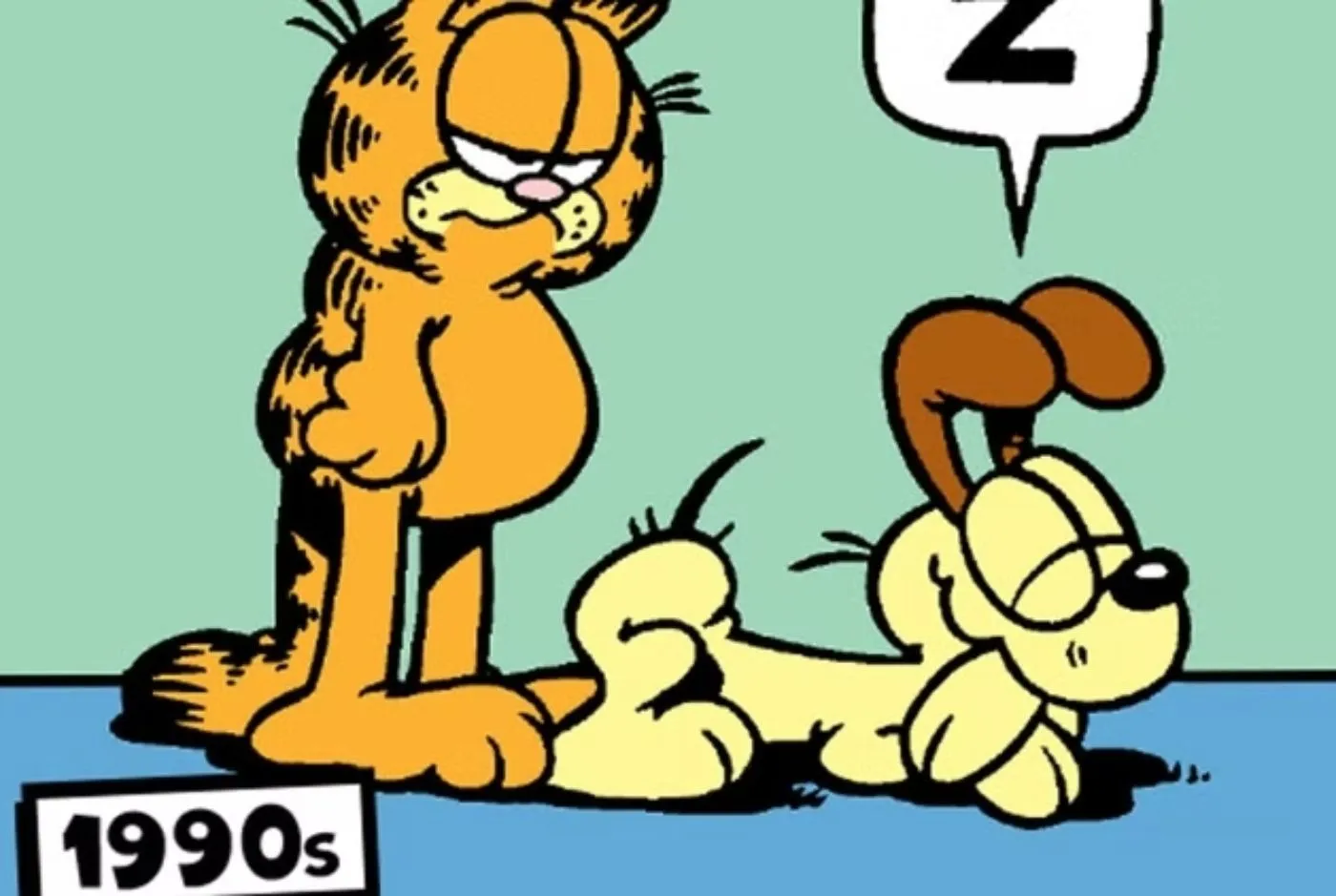
Imagining a world devoid of Garfield is almost unfathomable. The iconic orange cat has secured his position as a pop culture fixture and a beloved comic character since the debut of the first strip in 1978. Surprisingly, Jim Davis, Garfield’s creator, acknowledges that the odds of his comic achieving success were stacked at a staggering 10,000 to 1. He candidly remarks that “the odds were heavily against me.”
In a revealing 2018 interview conducted by The Guardian, Davis reflected on his journey as a cartoonist, one that revolves primarily around Garfield. Prior to crafting Garfield, Davis worked as an assistant cartoonist and tirelessly pitched various comic concepts, including characters like Gnorm Gnat and Jon. His persistence culminated in the creation of the first of thousands of Garfield strips, marking the beginning of an extraordinary journey.

While Davis was diligently sending out comic strip submissions, he faced fierce competition from a multitude of fellow cartoonists. In his interview with The Guardian, Davis highlights the overwhelming odds he faced:
Jim Davis: Newspaper syndicates were getting tens of thousands of submissions from hopeful cartoonists a year and taking one or two. The odds were heavily against me.
This prompts the question: what enabled Jim Davis to prevail when so many other cartoonists did not? Besides the comic’s humor, Garfield possesses a vital quality: timelessness.
How Jim Davis Crafted Garfield’s Timeless Appeal
Garfield’s Non-political Nature




While a stroke of luck may have played a role in securing Garfield’s place in newspaper syndicates during the late ’70s, Davis’s strategic choice to steer clear of political themes significantly contributed to the comic’s enduring success. Rather than aligning Garfield with the transient political issues of his time, Davis chose to focus on universal experiences that resonate with readers of all ages.
Garfield’s humor revolves around activities like eating and sleeping, which universally connect with the human experience. Whether it’s classic antics such as pranking Jon or indulging in lasagna, these moments remain relatable, ensuring that a random strip from the ’80s is just as charming today. Moreover, Davis admits that he prefers to leave political commentary to the newspapers, acknowledging their superior capacity to address such complex topics. This non-political stance provides readers with a refreshing escape amid a tumultuous world, emphasizing Garfield’s enduring appeal.
Unlocking Garfield’s Marketability: A Strategic Move
Filling a Niche in Comic Strip Market

While Garfield’s humor is undeniably timeless, his success is also a result of keen market insights. Early in his career, Jim Davis explored several comic concepts that ultimately did not resonate, including one featuring Gnorm Gnat. One editor pointed out a crucial flaw: “bugs aren’t relatable.”This feedback prompted Davis to pivot towards creating a human character, leading to the introduction of Jon Arbuckle.
Even with Jon’s relatability, Davis recognized the necessity of marketability. Observing a lack of feline characters in popular comic strips, he capitalized on this niche, thus birthing Garfield. The combination of relatable humor and a marketable character solidified Garfield’s status as a beloved comic strip.
Every creative and commercial choice made by Jim Davis was carefully calculated—from avoiding political themes to creating a character that appealed broadly. Despite the harsh odds initially against him, through strategic decisions and a commitment to timeless humor, Garfield emerged as an unparalleled icon in the comic world.
Source: The Guardian




Leave a Reply